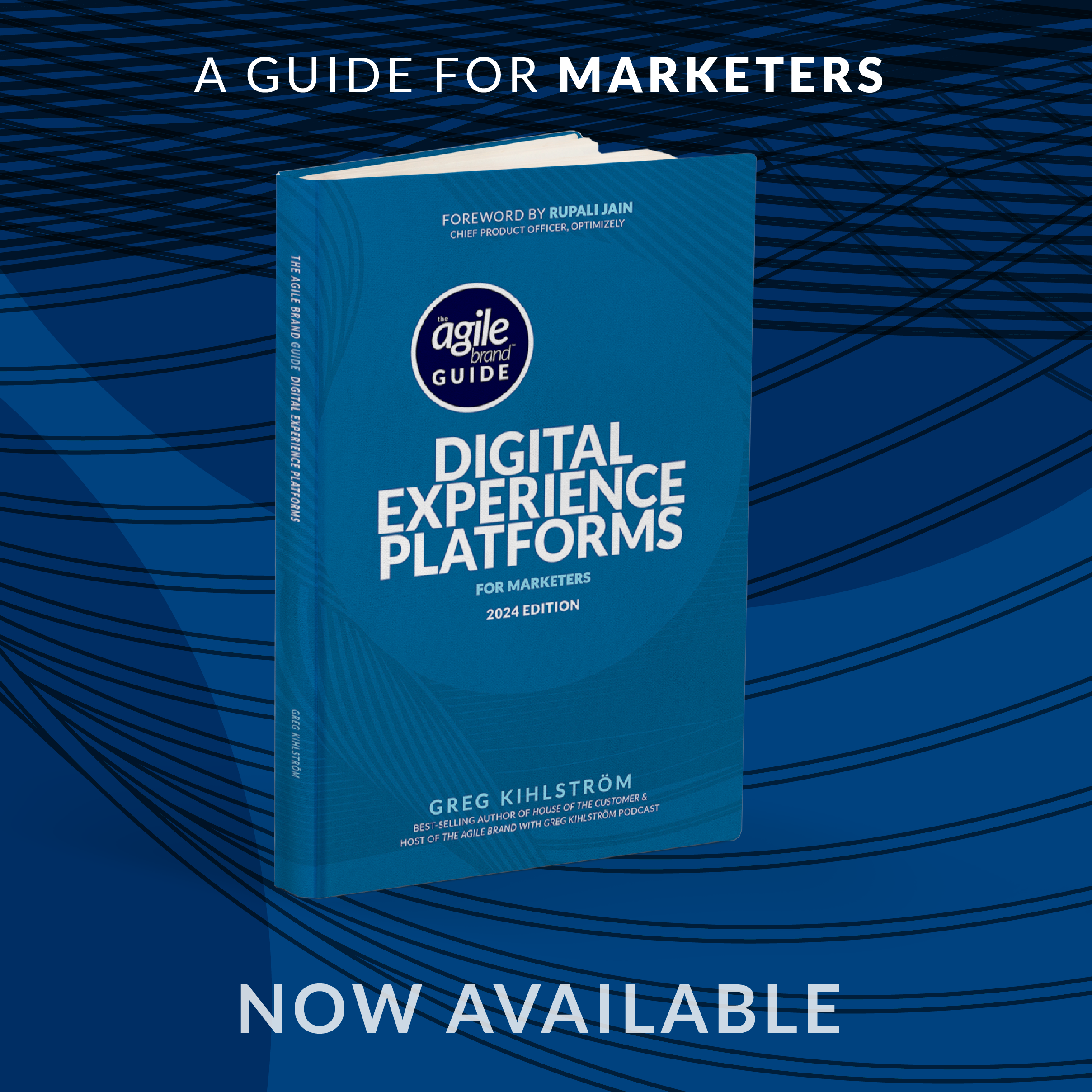This article was based on the interview with Luv Kapur, Staff Engineering Lead at Bit by Greg Kihlström, AI and MarTech keynote speaker for The Agile Brand with Greg Kihlström podcast. Listen to the original episode here:
The decision of whether to build, buy, or license software has long been a challenge for enterprise marketing leaders. The rapid advancement of AI adoption has only intensified this dilemma, introducing new complexities and considerations. While cost and time remain important factors, AI brings with it a need to carefully evaluate data control, contextual relevance, and the ever-increasing pace of technological change. In this installment of Expert Mode, we’ll explore these challenges and offer insights from our interview with Luv Kapur, who introduces the concept of “InnerSource” as a compelling alternative to the traditional build vs. buy paradigm.
InnerSource, as Kapur explains, applies the principles of open-source collaboration within a company’s own environment. This approach fosters transparency, reusability, and a shared ownership of code, which leads to faster development cycles and reduced vendor lock-in. For marketing leaders, this means greater agility in responding to market demands and the ability to build customized solutions that leverage existing internal resources. It’s not just about efficiency; it’s about empowering marketing teams to take control of their technology stack and drive innovation.
The InnerSource Advantage: Compose, Don’t Just Build or Buy
Kapur highlights a key benefit of InnerSource: it offers a third option beyond the traditional build-or-buy dilemma – the option to compose. “InnerSource gives you a very powerful third option called Compose. So instead of going into two rigid options, build or buy, you get a flexible strategy,” he explains. This approach enables organizations to leverage existing internal components and gain a clear understanding of their current capabilities. This understanding is crucial for making strategic decisions about whether to build, buy, or augment existing solutions with external tools.
AI and the Evolving Build vs. Buy Equation
The introduction of AI tools further complicates the build vs. buy decision. Kapur notes that AI brings new considerations beyond cost and time. “The AI actually introduces a different way to think about the build versus buy because it’s no longer about cost and time with AI,” he explains. Instead, factors like context, data control, and the velocity of change become paramount. For example, if an AI tool requires sensitive customer data, building an in-house solution might be necessary to maintain control and ensure privacy. Conversely, if the data is internal and less sensitive, using an external tool might be more efficient. Marketing leaders must carefully assess these factors in collaboration with IT to determine the best approach.
Bridging the Gap Between IT and Marketing
Kapur also addresses the common disconnect between IT and business leaders, emphasizing the need for a shift in perspective. “The solution it is for leaders to stop thinking them towards as projects and to start thinking about capabilities,” he advises. Marketing leaders should focus on communicating their needs in terms of capabilities rather than specific project requests. This fosters a more collaborative relationship with IT, ensuring that technology solutions align with overall business objectives. By understanding the capabilities IT can provide, marketing teams can make more informed decisions about which tools to build, buy, or compose.
Measuring Success in an InnerSource World
Traditional metrics like project delivery time and budget adherence are still relevant, but Kapur suggests adopting an ecosystem-based approach to measuring the success of InnerSource. “With InnerSource, you take an ecosystem-based metrics, which is reuse, velocity, collaboration,” he says. By tracking metrics such as code reuse and the speed of development for subsequent projects, organizations can gain a clearer picture of the long-term value of InnerSource. This approach aligns with the idea of investing in capabilities that compound over time, rather than simply focusing on individual project outcomes.
The decision of whether to build, buy, or compose software requires careful consideration of various factors, including cost, time, data control, and the impact of AI. InnerSource offers a compelling alternative to traditional models, fostering collaboration, transparency, and faster development cycles. By adopting an ecosystem-based approach to software development and focusing on building capabilities rather than simply delivering projects, marketing leaders can unlock greater agility and innovation.
The InnerSource approach isn’t a silver bullet, and it’s not necessarily right for every organization. However, by embracing the principles of collaboration, transparency, and composability, marketing leaders can build stronger partnerships with IT and create a more adaptable and efficient technology ecosystem. This, in turn, will enable them to better serve their customers and drive business growth in an increasingly complex and competitive landscape.







